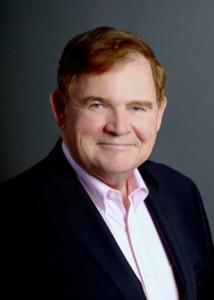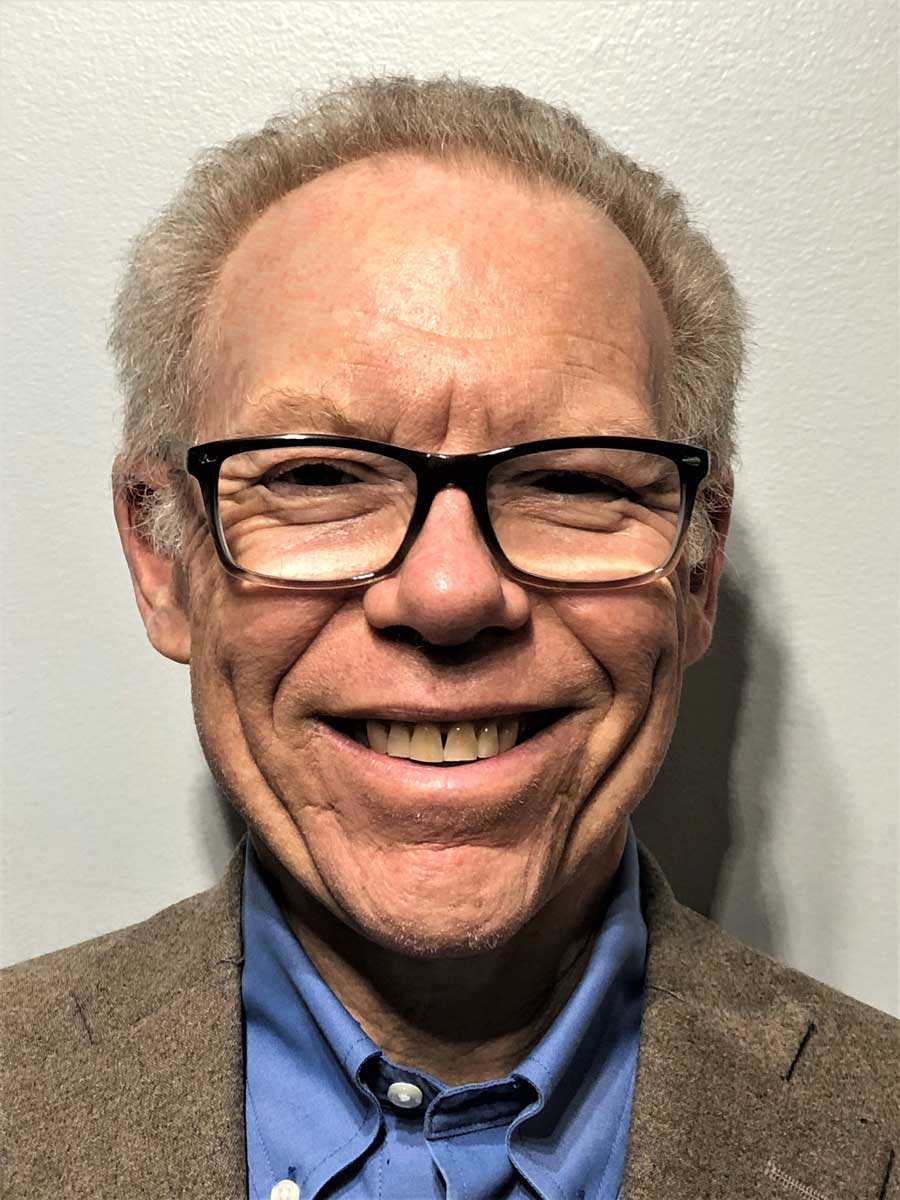How Do Children and Youth Fit in Our Stewardship Culture?
 Bill Clontz, Stewardship Consultant
Bill Clontz, Stewardship Consultant
 Not long ago, a couple of members of the Stewardship for Us team met with a senior Unitarian Universalist leader to discuss the state of stewardship within our movement. We asked the question, “Where do you think we most often come up short in thinking about and carrying out stewardship?” Without hesitation, she replied that it was in our failure to teach our children the meaning and importance of stewardship as a personal calling and as a part of being in community.
Not long ago, a couple of members of the Stewardship for Us team met with a senior Unitarian Universalist leader to discuss the state of stewardship within our movement. We asked the question, “Where do you think we most often come up short in thinking about and carrying out stewardship?” Without hesitation, she replied that it was in our failure to teach our children the meaning and importance of stewardship as a personal calling and as a part of being in community.
I think she is right, more times than not, on this observation. In far too many congregations with which I have worked, this is a subject that rarely comes up with our children or youth.
This is more often by omission than commission, although it could be at least partly the former, as many a DRE/D-LSG do not feel comfortable talking about money and stewardship themselves, have no idea how families are doing in making financial commitments, or have had much training themselves in this area. Some encourage Youth membership, but do not include any expectation of sharing time, talent, or treasure, making the Youth Member sort of a member-lite rather than a full member. These approaches are losses for us all, and worth turning around.
Some congregations, happily, understand the importance of getting this right early and do exemplary work in preparing their children to be in community.
I remember visiting the congregation in Clemson, SC a few years ago on a private visit to the area. I was delighted to see that on this Sunday they were collecting for the local food bank; they did so by having some of the youngest children go up the center aisle pulling wagons into which the members placed their donations. The kids were as proud as they could be and everyone got to share in the act of giving. It was terrific.
A Director of Lifespan Spiritual Growth that I respect greatly (OK, confession – it’s the Director of my home congregation, Mount Vernon Unitarian, in Alexandria, VA) recently published for the congregation a set of suggestions on ways to introduce stewardship and sharing to children. It’s an excellent set of suggestions that I am pleased to share with you:
Stewardship is an important part of congregational life for our members and friends year round. Our Stewardship Sunday for this year, the day we celebrate all the time, treasure, and talents that are shared to make our congregation a strong and vital one, is coming up soon, and that has me thinking about how our children and youth fit into all this.
In many congregations of many faiths all around the world, this important aspect of congregational life is lifted up, but the crucial element of stewardship in children’s lives is often overlooked. Here are ten things you can do to make sure that the young participants of our congregation are included both in stewardship responsibilities and understanding:
- Parents can ensure that children understand that stewardship is important to the life of any institution, including a family. Talk about the ways in which a child’s contributions can make a difference. This can be done both in formal family meetings, “We’ve made a new chore chart, to show how everyone is going to contribute to the stewardship of our family and our home,” or informally, “Joey, I heard you paid for your sister’s participation at the school carnival when she didn’t have enough money. Your doing that was great for her, and also helped out the whole family. Great example of stewardship, Joey!” Make the connection between stewardship responsibilities at home and at church.
- Help children be exposed to and familiar with a stewardship vocabulary. Use the word “stewardship” to describe moments when a child is taking responsibility for care of our church and its buildings, and that he or she knows about the three kinds of stewardship; “time, talent, and treasure,” as well as words like “pledge,” “commitment,” and “shared collection.” If you see a child help put out cookies for coffee hour, you might say, “Thanks for doing that, Len! Using your time on coffee hour has really helped our congregation out today.”
- Model collection plate contributions during multigenerational services. Whether you are attending service with young children or not, put something in the plate, honoring the gesture of sharing. If you have already put a large payment in by other means and do not need to contribute more money, put change or a dollar bill in the basket as it passes. Young children may not understand the value of the paper you gave, but they know the difference between passing the plate by and putting something (anything) in it.
- Make sure everyone has something to contribute. If you are putting cash or a check into the plate, make sure your child has some change or a dollar bill to put in too, so they feel a part of the process. If you notice that a child sitting next to you does not have a contribution for the basket, ask his or her parent if the child can put your contribution in for you. A simple gesture like this can make a difference in a child’s sense of inclusion in stewardship.
- If you notice an example of stewardship, say so out loud. “Looks like someone cleaned the nursery carpet. Junie, you’re going to benefit from someone’s stewardship when you play in the nursery today!” Or, “I love this fireplace. It costs extra money to have a working fireplace like this, so I’m glad people made commitments so we could have this fireplace.”
- When you carry out an act of stewardship, take a moment to reflect on that with congregational children. For example, you might tell your own child, “You’re going to have a babysitter tonight, because I’m going to attend a meeting at the church. It’s my contribution to stewardship, and taking care of the congregation.” Even if it isn’t your own child, you can lift up your stewardship contributions; “I volunteered to teach you, because I want to share my time and talents with my faith community, and this is the most interesting, fun way to do it!”
- Take a few minutes before worship starts to explain passing the baskets and shared collections to your child or another child you know. Show them the words in the order of service that describe any other organization we are helping support with our donations. Ask the children what they think that organization will be using money for, and ask them what they think our church uses donated money for.
- Attend work projects on church property, have your children assist, or thank another child you see working on such a day. Use stewardship vocabulary to talk about it, saying something like, “You are the one who clipped all those branches? Thanks for using your time and talent to make our campus look better.”
- Parents can talk about their financial commitments with their children. “Penny, I’m glad you’re really enjoying your RE class. I’m going to increase my financial commitment this year, and one of the reasons I’m going to do it is to make sure the church can give you a good RE experience next year, too.” Make sure your children know you make a sustained commitment, and why it is important to you.
- Invite your child to make a contribution or a pledge. Talk about why it is important, why you pledge, and how you hope your child will benefit from making a contribution.
Giving children equal ownership and responsibility for their religious community is an act of faith and love, one that strengthens both the community and the children. We in this congregation hope to see children on Stewardship Sunday, and at other stewardship events and opportunities throughout the year.
Good advice! If this is an area that deserves attention in your congregation, start planning and talking with each other now to help your congregation’s children grow up in the congregationalist tradition of personal and collective responsibility, of community, and in the joy of sharing. This is about living our values. Let’s do it.
Bill Clontz is a stewardship consult ant with the Stewardship For Us team.
ant with the Stewardship For Us team.
Bill can be reached at billclontz@stewardshipforus.com, via the UUA’s Congregational Life Directorate (http://www.uua.org/finance/fundraising/index.shtml), or through your regional staff.
This blog has a new posting no less than once a month. You may find it and more at our website, www.stewardshipforus.com. You are welcome to sign up for stewardship updates at the blog. Comments and discussion are always welcome; share your experiences with us.

Stewardship Consultant Barry Finkelstein has been a Unitarian Universalist congregational stewardship consultant since the Fall of 2007 and has worked with over 100 congregations on annual budget drives, capital campaigns, and strategic planning. This is Barry’s last post as he is retiring effective January 1, 2025.
